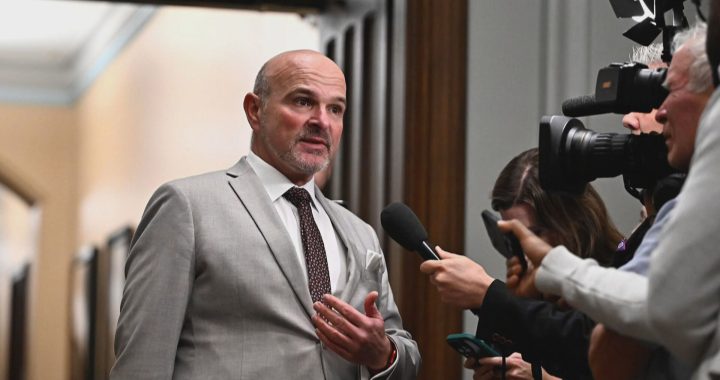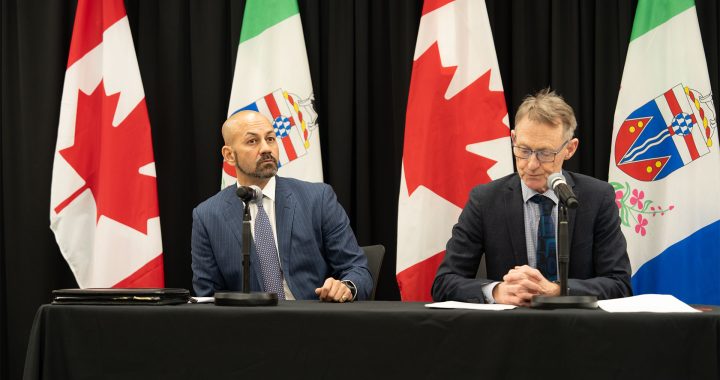
British Columbia is the first province to end “effective immediately” the controversial practice of birth alerts, which flag a disproportionate number of Indigenous women for child welfare agencies.
But Children and Family Development Minister Katrine Conroy couldn’t offer a firm plan on getting babies already in care, back to their families.
She stressed only babies who were in dire circumstances, were ever taken under the alerts.
“I want to reiterate and make sure it’s clear the decision to remove a child is never made lightly,” Conroy told APTN News Wednesday.
“Before a child is brought into care there’s a full assessment of the situation and the risk to a child, and the child is only brought into care if they’re found to be in need of protection from immediate danger.”
A high-profile case in Kamloops, B.C., raises concerns with that, though.
An infant was taken from a hospital in June after Ministry of Children and Family Development workers and hospital staff determined a pair of first-time parents in their early 30s were unfit to care for their newborn daughter.
Baby H, as APTN has called her because it is illegal to identify a child in care, is now three months old and has ived in five foster homes. Her parents are allowed short visits while they beg to know what specifically makes them unfit to parent.
The family has been critical of MCFD, saying the agency makes and changes plans regularly, speaks down to the family, and hasn’t explained why it won’t return the baby and admit a mistake happened.
C-section
Hospital staff told child welfare workers the mother was neglecting her infant 90 minutes after having a C-section.
When they came to investigate, the mother was sedated and the baby was taken.
In a recording of a meeting with social workers, one admonishes the father saying, “(Mom) can’t even be roused for this meeting because she’s so out of it.” The baby’s dad replied incredulously, “Yeah, from the prescription medication she was given from her doctor.”
The social worker advised the distraught father that, “We’re not going to change our decision. Time will change our decision, how you interact with support services outside the hospital and engage in child-centered services. So learning about child-centered cues and learning what it looks like to be a parent, I think, we need to see you demonstrate that in the services before we’d consider allowing the baby to be returned to your care.”
Conroy was asked what she is doing to have Baby H returned.
“Being a minister for two years, I recognize the rate of Indigenous children in care is unacceptable and by law, I can’t speak to specific individual cases.”
As for all babies in care in B.C. as a result of birth alerts, she said agencies are expected to work more closely with families and Indigenous child welfare agencies to have children returned home if possible, but offered no timeline on when or if there’d be repercussions for agencies that don’t follow through.










Every former foster kid(indigenous or not) turned adult seems to have this alert when they have kids. Not only have we faced incarceration as kids(foster care), we are in a high risk of having our kids yanked away. As an indigenous person I am willing to work with non indigenous former crown wards to stamp out this practice.